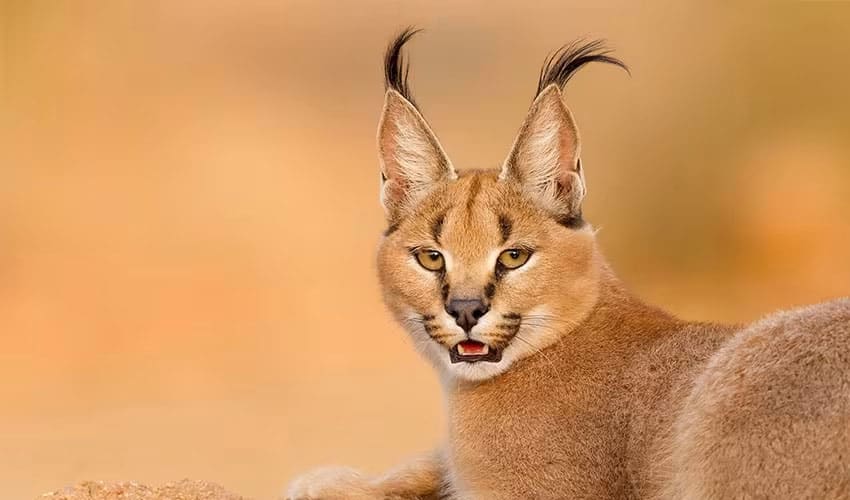Felidae – Cats
Hunting primarily at night by stalking and pouncing
Commonly known as cats, it is an incredibly varied and fascinating group of carnivores that have captured human fascination for millennia. This family encompasses a wide range of sizes and behaviors, from the smallest domestic cats to the majestic big cats that roam wild landscapes. The family is divided broadly into two groups based on their vocal capabilities: those that can roar, including lions, tigers, jaguars, and leopards, and those that cannot, which include pumas, cheetahs, and all the smaller cats.
One of the most captivating aspects of the Felidae family is the diversity in their fur patterns. These range from the sophisticated spots of the cheetah, which help camouflage it in the grasslands, to the bold stripes of the tiger, which break up its shape in the forest underbrush. The wide variety of patterns serves as a means of hiding from prey and predators and plays a role in communication and species identification.
Cats are equipped with remarkable retractable claws, a trait that sets them apart from other carnivores. This evolutionary feature allows them to keep their claws sharp by preventing them from becoming blunt through constant contact with the ground. It’s an adaptation designed for an ambush lifestyle; these claws are unsheathed only when needed for capturing prey or defensive purposes.
Felids are known for their hunting prowess. Big cats, such as tigers and lions, have powerful physiques that enable them to take down large prey. Meanwhile, smaller cats, including the domestic feline, use a combination of stealth, speed, and acute senses to hunt smaller animals like birds and rodents.
Big cats have indeed become the face of animal conservation, symbolizing the urgent need to preserve the Earth’s biodiversity. International Cat Day on August 8th highlights the love and appreciation we have for our feline friends and raises awareness about the critical conservation issues they face.
Genera in this family
Felinae – Small cats
The domestic cat, the only domesticated member in the family, originates from this genus and has many wild relatives
Forest-dwelling spotted small cats of tropical Asia
These iconic cats are easily recognizable by distinctive hair tufts on their pointed ears
Owners of the longest legs-for-body-size of all cats are widespread in sub-Saharan savannahs
Mini leopard-like, tree-dwelling cats from the Americas
Racing to extinction: historically ranging throughout Africa to India, now distributed in small, fragmented populations
Genetically close to servals, this genus is considered monotypic with African golden cat in another genus Profelis
With genus Pardofelis, this genus forms the bay cat lineage
When standing or resting, they are characterized by their arched back
There is still a lot to learn about this species; not sure we will have the time to do so before it disappears
A small group of New World wild cats having uniformly colored fur
Pantherinae – Big cats
When the teacher puts all the strong kids in one group
The infamous saber-toothed cat of the Pleistocene epoch
Named in 1867, “New cats” are two rare cats of Southeast Asia’s rainforests















